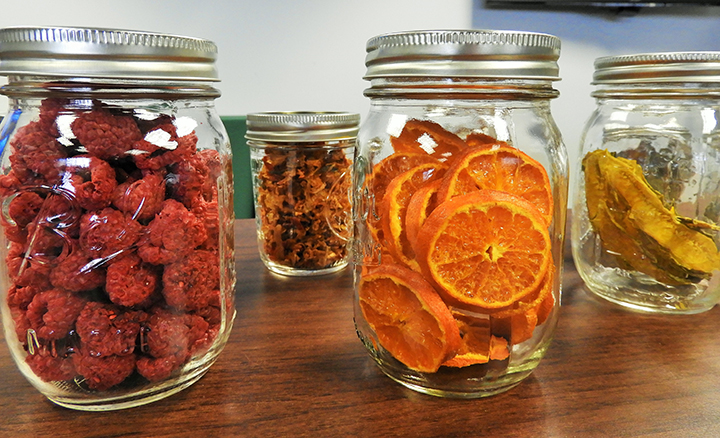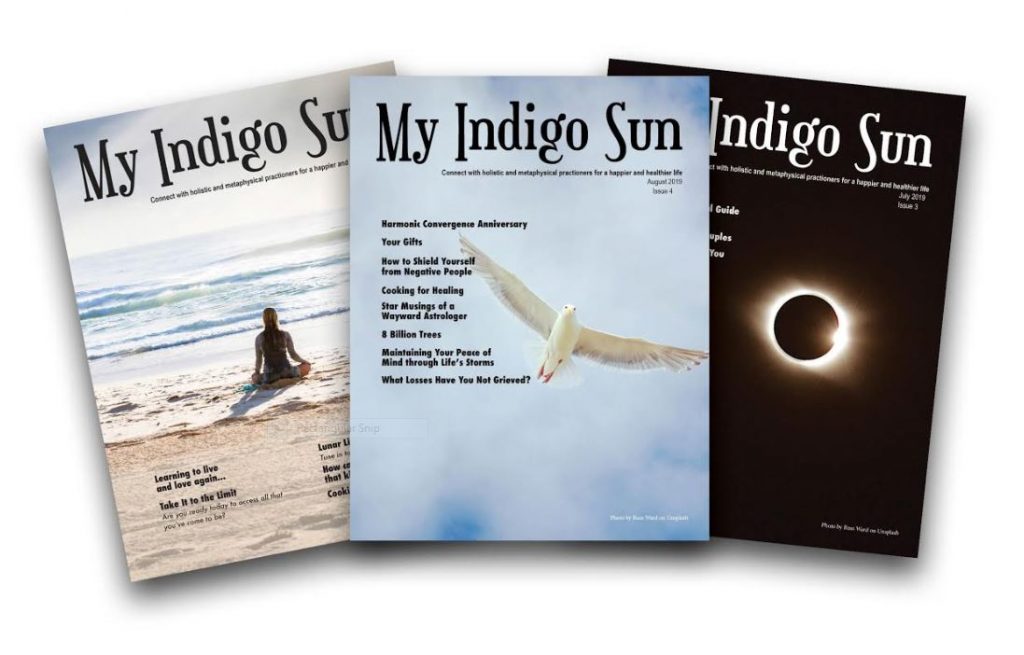We continue to cover methods of food preservation, and today we are talking about a simple, wise, and amazingly healthy way to preserve food, dehydration. Dehydration is one of the oldest methods of preserving food. Our ancestors used the sun for it, and we now have additional options. The energy input is less than what is needed to freeze or can, and the storage space is less than that needed for canning jars and freezer containers.
It is amazing that dehydrated foods keep most of their nutritional value. Dried fruit, for example, have the same calorie, protein, fat, carbohydrate, fiber, and sugar content as the fresh fruit. Essential fatty acids, minerals, enzymes, most vitamins, and antioxidants are retained too.
Raisins, which is dried grape, is interesting. As compared to the grapes, raisins have nearly 3 times the antioxidant capacity. But grapes compared to raisins, contain more vitamins – grapes are loaded with vitamin K, E, C, B1 and B2. Raisins have them too but in lesser amounts.
Dehydrating food can save you money, reduce food waste, and speed up your cooking. You can also add seasoning or spices to food as you dry it, stocking your kitchen with healthy, easily portable snacks.
On top of all these benefits, adding dehydrated foods to your diet could play a role in reducing the risk of some cancers, including pancreatic, stomach, bladder, and prostate. While research is ongoing, scientists think the drying process activates chemicals in foods that help prevent cell damage linked to cancer.
What to dry and how?
The method of drying is very simple, but there are several tips to keep in mind. Some foods such as apples, pears, peaches, and apricots dry better when pretreated. Pretreatment reduces oxidation, giving a better color, reducing vitamin loss, and lengthening shelf life. Place cut fruits in a solution of 3¾ teaspoons of powdered ascorbic acid (or crush 20 500-milligram vitamin C tablets) or ½ teaspoon of powdered citric acid in 2 cups of water for 10 minutes before placing on trays to dry. Equal parts of bottled lemon juice and water can be substituted for the above pretreatment.
Some fruits such as blueberries and cranberries need to be dipped into boiling water to crack the skins. Be careful not to leave the fruit in the boiling water for too long or the fruit will turn to mush. Chill quickly after cracking skins and blot dry.
“Banana method”
Banana chips are crunchy and have a mild flavor that many people love. Fresh bananas are a great fruit to enjoy but they go bad quickly. We can make our own banana chips by drying them in oven.
Set your oven to the lowest temperature – this will allow to dry the fruit and not bake it.
Peel and chop bananas and place on your baking sheet. You can add additional flavor to the fruit by adding sea salt, cinnamon, or any other spices depending how adventurous you want to be.
Dry the bananas for 1 hour or so and then flip them. It may take up to 3 hours to completely dry thin rounds. After that, cool and store.
“Banana method” can be applied for apples, pears, oranges, and blueberries. Drying cherries, cranberry, grapes, figs, peaches, pineapple, apricot, cantaloupe, and strawberries can take up to 12 hours.
Best vegetables to dehydrate are potato, onion, corn, beans, bell pepper, tomato, beet, carrot, broccoli, cauliflower, celery, and more.
Almost anything can be dehydrated.
Testing Dryness and Storage
Fruits and vegetables are tough, brittle, or crunchy when dry and do not need conditioning. Store dried foods in air-tight containers to prevent food from absorbing the moisture in the air. Storing them in a dark place retains the vitamin content of the food.
Because the dehydration process concentrates calorie and sugar content, dried foods can offer a more effective energy boost than other snacks. Research shows that nutrients in dehydrated food are also more easily absorbed by our bodies, helping us feel more energized for longer.
Laura Dibbs
Natural healer and Healthy Food Enthusiast




